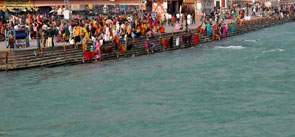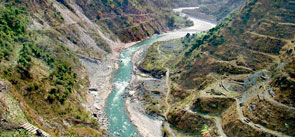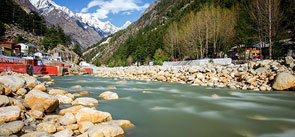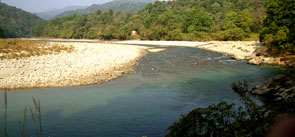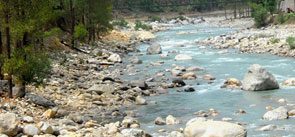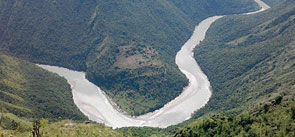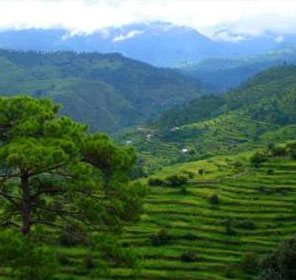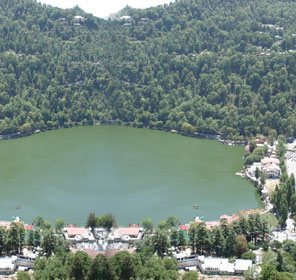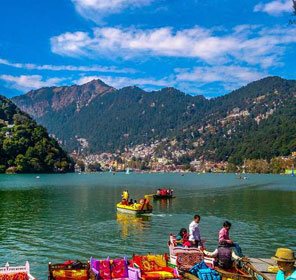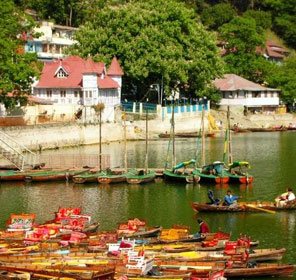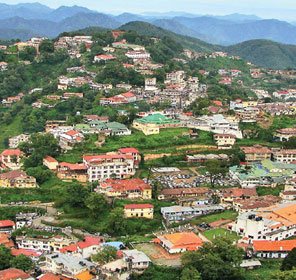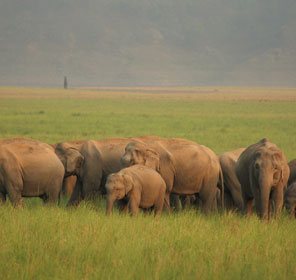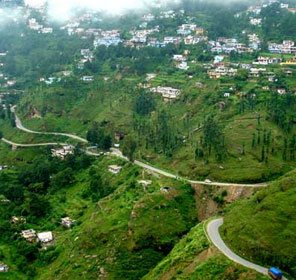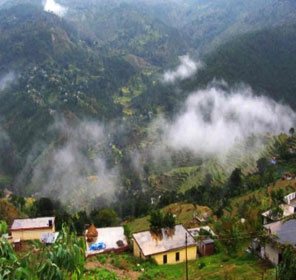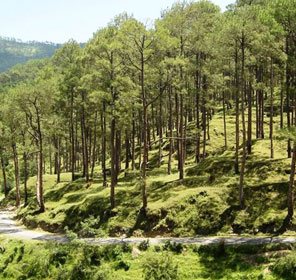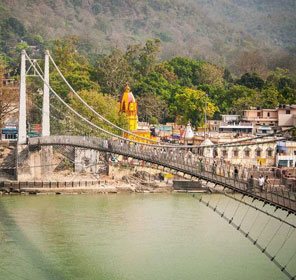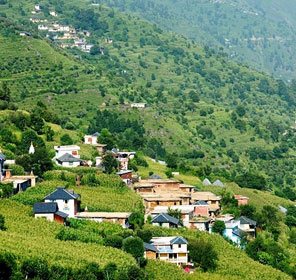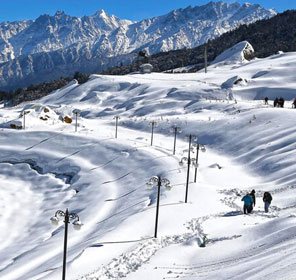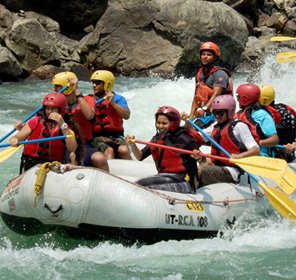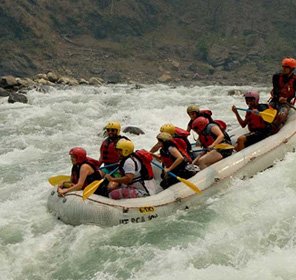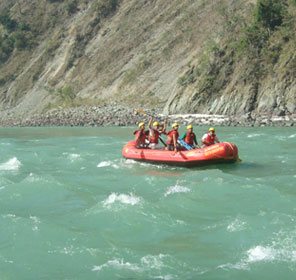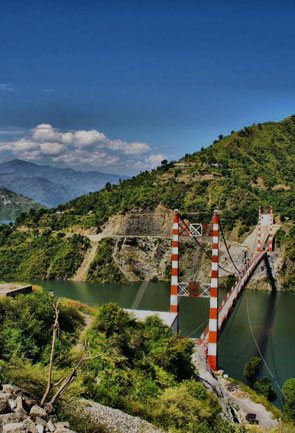

NEW
Alaknanda River Uttarakhand
Alaknanda River is one of the most important rivers which form Ganga. It is one of the two headstreams of Ganga, other being the Bhagirathi. Alaknanda has greater length and discharge, and hence should be considered as the source stream of the Ganga. But from a mythological perspective, Bhagirathi is regarded as the source of River Ganga.
Alaknanda originates from the meltwaters of Satopanth and Bhagirath Kharak glaciers in Uttarakhand. The river is joined by many tributaries in Uttarakhand. Five of the tributaries are considered major and their points of confluences are also worshipped. The five holy confluences in Garhwal Himalayas are also known as Panch Prayag. They are listed below:
1- Vishnuprayag – Alaknanda meets Dhauliganga
2. Nandprayag – Alaknanda meets Nandakini
3. Karnaprayag – Alaknanda meets Pindar River
4. Rudraprayag – Alaknanda meets Mandakini
5. Devprayag – Alaknanda meets Bhagirathi - This is the most revered confluence, as it is here when the surging water coming from the mountains are finally called the Ganga.
At the time of formation of Ganga, Alaknanda’s contribution to the flow is much larger than that of Bhagirathi. From its source till its union with Bhagirathi, Alaknanda travels for 190 km (approx.)
Alaknanda also finds mention in the legends related to Ganga. When Ganga was coming to earth, its force was so enormous that it would have finished life on earth. It was Lord Shiva who caught her in his matted hair to control her power. After that he released Ganga on earth in the form of seven streams.
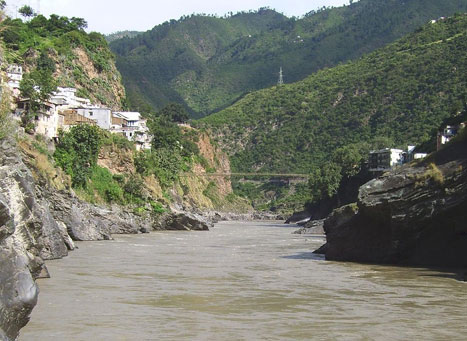
Alaknanda was one of those streams along with Bhagirathi, Janhvi, Mandakini, Saraswati, Bhilangana and Rishiganga. The Badrinath Temple (one of the Char Dham pilgrimage sites) lies very near to the banks of Alaknanda in the Chamoli district.
Alaknanda River is also popular for its adventurous side. Its gushing waters and ferocious rapids promise thrill of a life time and make water rafting on Alaknanda quiet popular among the thrill-seekers. The river of Alaknanda and its tributaries also contribute towards power generation through the construction of hydroelectric dams.







